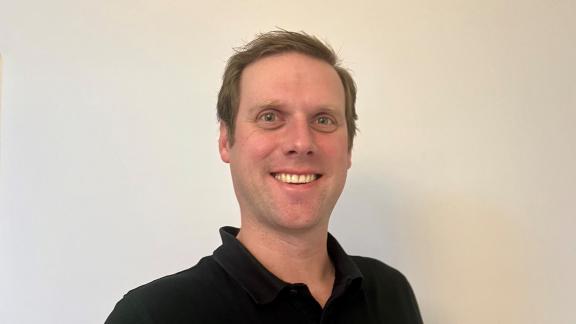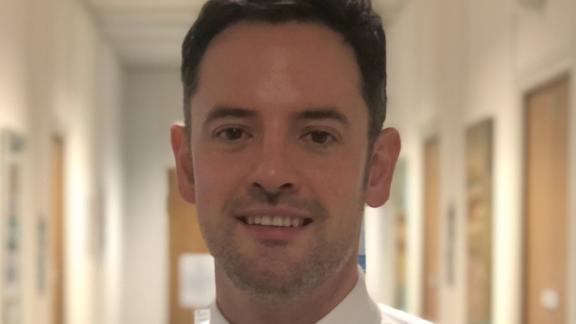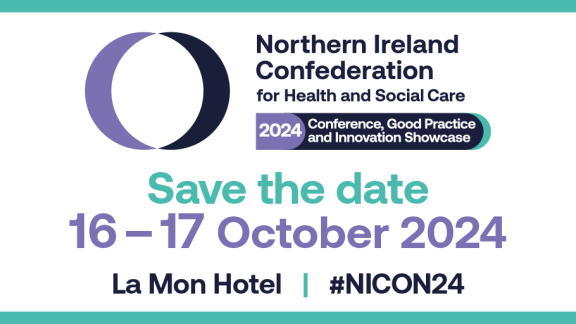A more sustainable operating model for primary care

Moving away from an ‘appointment-first’ approach could be the solution to the challenges of patient access. And it’s already happening, writes Jacob Haddad, CEO and co-founder of Accurx.
If the challenges of patient access tell us anything, it’s that delivering appointments on a first-come-first-serve basis is no longer sustainable. In today’s environment of high demand, this model comes at too high a cost in time, funds and productivity.
However, there may be a solution. It’s one that requires a reset in ways of working, but I believe it will ensure primary care can genuinely improve access and get on top of patient demand.
Over the past year, we’ve been spending time with a cohort of GP surgeries that have returned to first principles on how they run their practice, particularly in managing incoming patient demand. Visiting these practices is a totally different experience; there’s a calmness, the waiting room has few people in it, phones aren’t ringing off the hook, staff have time for tea breaks, and clinical staff have the capacity to see complex patients and even run longer appointments with them.
...we believe we have found two principles for improved access
Naturally, we want to learn from these practices so we can spread the benefits to others. So, we have tried to codify the changes they’ve made in their method of care delivery and how they are using tech to support this. From this, we believe we have found two principles for improved access for primary care leaders looking to improve patient access and create a more sustainable operating model.
Avoid an ‘appointment-first’ approach
A face-to-face appointment has always been the default medium for patient care. Whatever their request, patients have been automatically booked into an appointment with minimal assessment of clinical need, often on a first-come, first-served basis. This was how the 8am rush was born. Today, it’s not hard to see that this way of working is no longer sustainable. But it’s also not desirable - for patients or staff - because often an appointment is not the quickest or most effective way to meet a patient’s needs.
The GP surgeries I mention have taken a leap of faith and decided to flip the appointment-first model on its head. This means instead of booking every patient into ten-minute appointment slots, they are triaging every single request to decide the best course of action. What they’ve found is that between 25 and 50 per cent of incoming requests can be resolved through messaging. For example, if a patient has a UTI, a triaging doctor can send them a questionnaire to collect more information and then give the patient all the guidance they need through a quick, two-way SMS conversation. By shifting a large proportion of patient demand into messaging, clinicians have more capacity to see complex patients who do require face-to-face care, while responding faster to patients who don’t.
This has enabled them to build more sustainable routes for patient access, tackle the 8am rush and meet patient demand. The results have been pretty remarkable
This has enabled them to build more sustainable routes for patient access, tackle the 8am rush and meet patient demand. The results have been pretty remarkable. At Peel Hall Medical Centre, 96 per cent of requests are resolved within 48 hours and calls have been reduced by 24 per cent. At Meadowgreen Health Centre, 95 per cent of requests are resolved in the same day, £37,000 of savings have been made, and there have been 355 fewer DNAs annually. Working in this way is also key to delivering Modern General Practice Access and same-day assessments of need, in line with the GP Contract.
And patients prefer it too. Our survey of GP surgeries found that before implementing this way of working, just 31 per cent of patients were satisfied with their service, compared to 65 per cent after, while 87 per cent of patients also say they find Patient Triage easy to use.
The data is hard to ignore. If this was scaled nationally, imagine the impact it could have not only on patient access, but on staff morale and workforce retention.
Optimising every workflow for better access
To move away from an appointment-first model, practices need the right digital tools to meet their patients’ needs outside of appointments. For example, when a patient request comes in, staff need quick and easy ways to communicate with and collect information from patients, assign requests to appropriate team members, or refer patients without jumping between systems.
To make this a reality, ICBs need to help practices transform digital pathways at every stage. It’s about identifying the blockers to patient access across the whole patient journey, and using these insights to design a new, sustainable operating model using digital tools.
Alongside improved patient satisfaction, working in this way would improve staff retention at a time when there are workforce shortages and low morale
If ICBs support practices to implement this model, they will be able to deliver more care outside of appointments, provide continuity of care and improve access for patients. Ultimately, we will only improve satisfaction levels if patients feel like their practice responds quickly when they need care, whether that’s through an appointment or two-way messaging.
Alongside improved patient satisfaction, working in this way would improve staff retention at a time when there are workforce shortages and low morale. Imagine if all staff worked in the kind of practice I described at the start of this piece - retention would not be so much of an issue.
We also believe that the impact and benefits of this model shouldn’t be constrained to primary care. If the whole system, from acute trusts to community trusts and pharmacies, worked in this way, we could make big gains in tackling challenges like waiting lists and patient flow.
Jacob Haddad is CEO and co-founder of Accurx. You can follow Jacob on X (formerly Twitter) @jacobnhaddad



